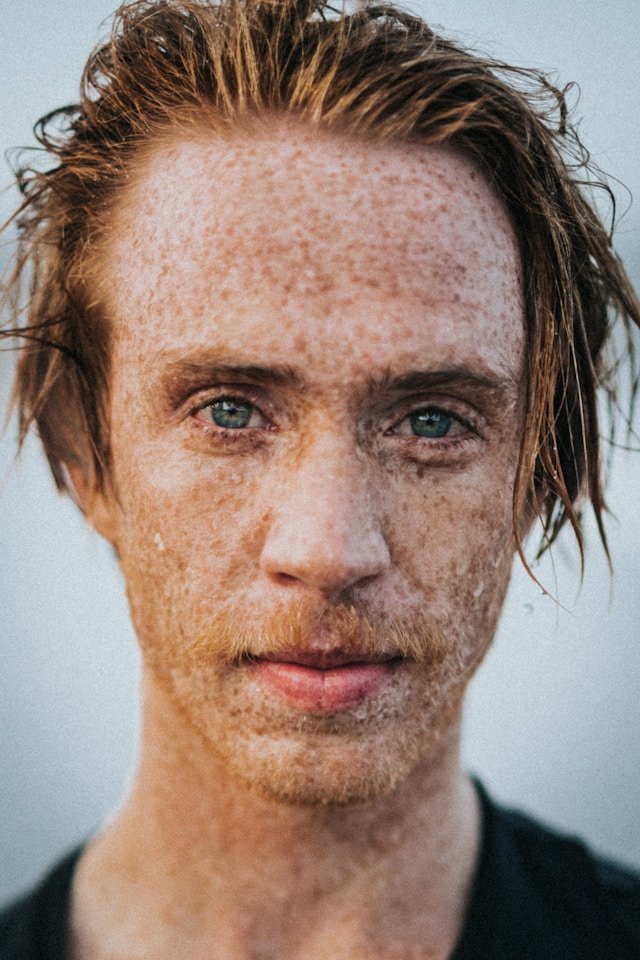What are freckles?
Freckles are small brown to reddish pigment spots that occur mainly in fair-skinned people and can be intensified by sunlight. They are caused by an increased accumulation of melanin, the pigment responsible for the color of our skin and hair.
The development of freckles is a complex process in which both genetic and environmental factors are involved. Genetic predisposition plays a major role in the predisposition to the formation of freckles. Certain genetic variants can influence the production and distribution of melanin in the skin, which can lead to a higher likelihood of freckles appearing.
In addition to genetic factors, sun exposure also has an influence on the formation of freckles. People with fair skin who are exposed to the sun more often tend to develop more freckles as their skin is more sensitive to UV radiation and produces more melanin to protect it. Overall, freckles are the result of a combination of genetic predisposition and environmental factors.

Good to know
In the summer months, when sun exposure is higher, freckles tend to become darker and more numerous. In winter, when there is less sunlight, they often fade and their number may decrease. These seasonal changes are due to the fact that freckles are stimulated by UV radiation.
Genetics meets sunlight
In addition to genetic factors, sun exposure also influences the formation of freckles. Fair-skinned people who are more exposed to the sun tend to develop more freckles as their skin is more sensitive to UV radiation and produces more melanin to protect it.
Overall, freckles are the result of a combination of genetic predisposition and environmental factors.
Freckles are harmless and do not pose a health risk, but can indicate an increased UV sensitivity of the skin. They are particularly common in people with red or blonde hair and fair skin.
![[Report Bild]](/static/reportImages/sommersprossen2.png)